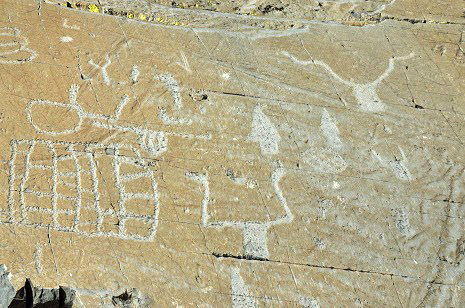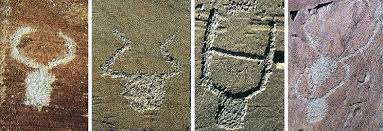Mt. Bego
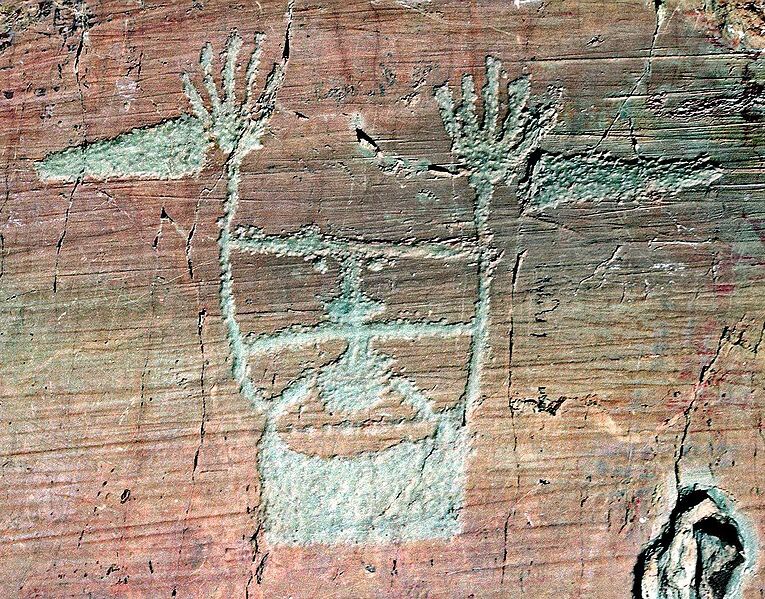
Located in France, Mt. Bego is a 2,872m high mountain that was inhabited by the Ligurians, who left many pieces of ancient rock art there.
The peak is located in the Alpes-Maritimes department in the Roia valley, within the Mercantour Park, and occupies a central position in the Valley of Wonders.
Until 1947 the mountain was entirely in Italy, in the province of Cuneo, and it passed to France after the Treaty of Paris.
The mountain and the surrounding areas, in particular the Valley of Wonders, are places rich in rock carvings on the bare and exposed rocky ridges, eroded through the centuries by the Quaternary glaciations.
This has led to the hypothesis that this place could have been a particularly important sanctuary for the creators of the engravings, the ancient Ligurians.
The oldest European written document concerning the petroglyphs is about the ancient art of Mt.Bego, the so-called “marvelous stones”.
This is the manuscript entitled “Academia dei Giardini di Belvedere”, written around 1590 by Honorato Lorenzo and subsequently transcribed shortly before 1610 by Pietro Gioffredo, historian of the House of Savoy. Preserved in the Turin State Archives, it contains the description of 17 engraved rocks from the Valley of Wonders.
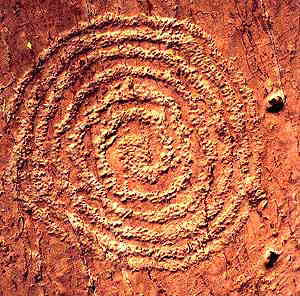
The oldest engravings in the Mt.Bego area, which is divided into the two main areas of the Valle Delle Meraviglie and Fontanalba, are the geometric ones, which are interpreted as topographical compositions, as well as similar ones from Valcamonica, and dating back to the Neolithic (V-IV millennium BC). As is often the case when examining prehistoric ancient art, geometric figures are the oldest.
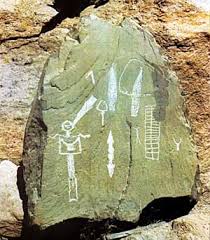

The name of the mountain comes from the Indo-European Beg, which means “divine lord”, portrayed in the first picture.
The same root underlies the name of Mount Beigua. “Béga” is the male sexual attribute in the current language of the place.
The most important character among the engravings at the site is certainly the divine lord itself. Interestingly, the subject is depicted in the same style of many other ancient drawings representing divine beings across the Earth, with a “welcoming” attitude.
Frequent are also petroglyphs depicting the sacred bull symbol, another common element of almost every ancient Indoeuropean culture, as well as the labyrinth and the spiral.
